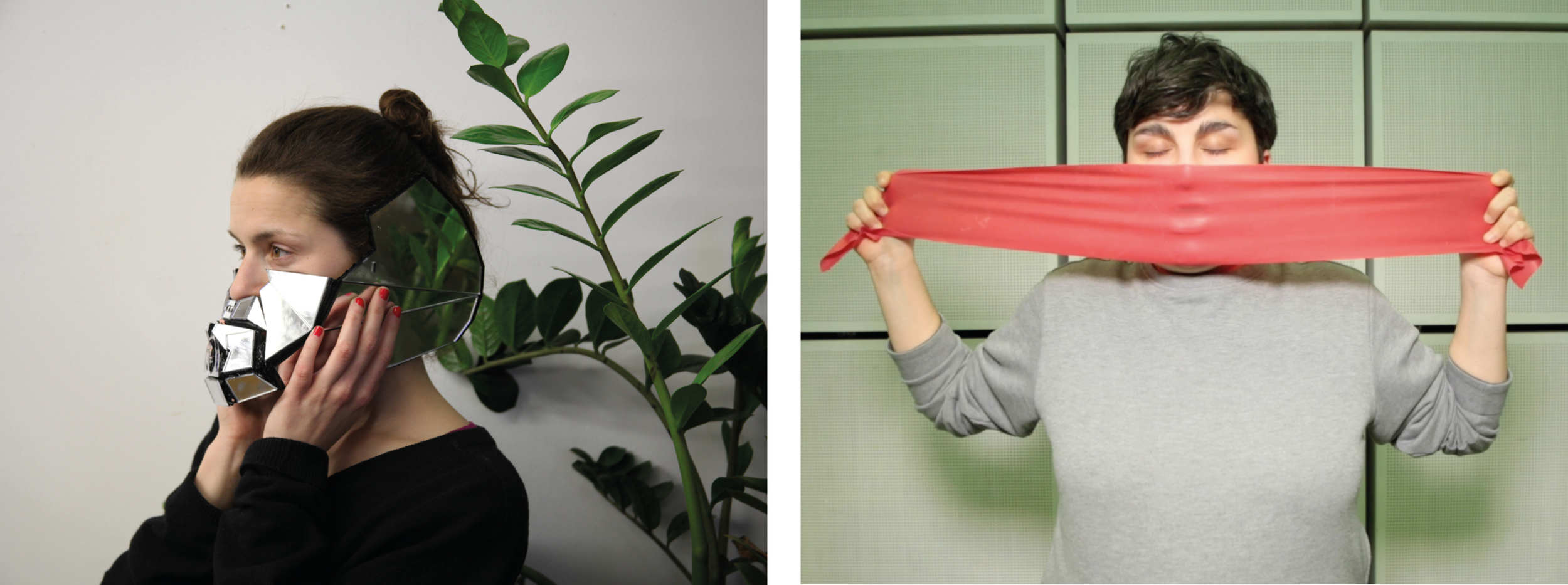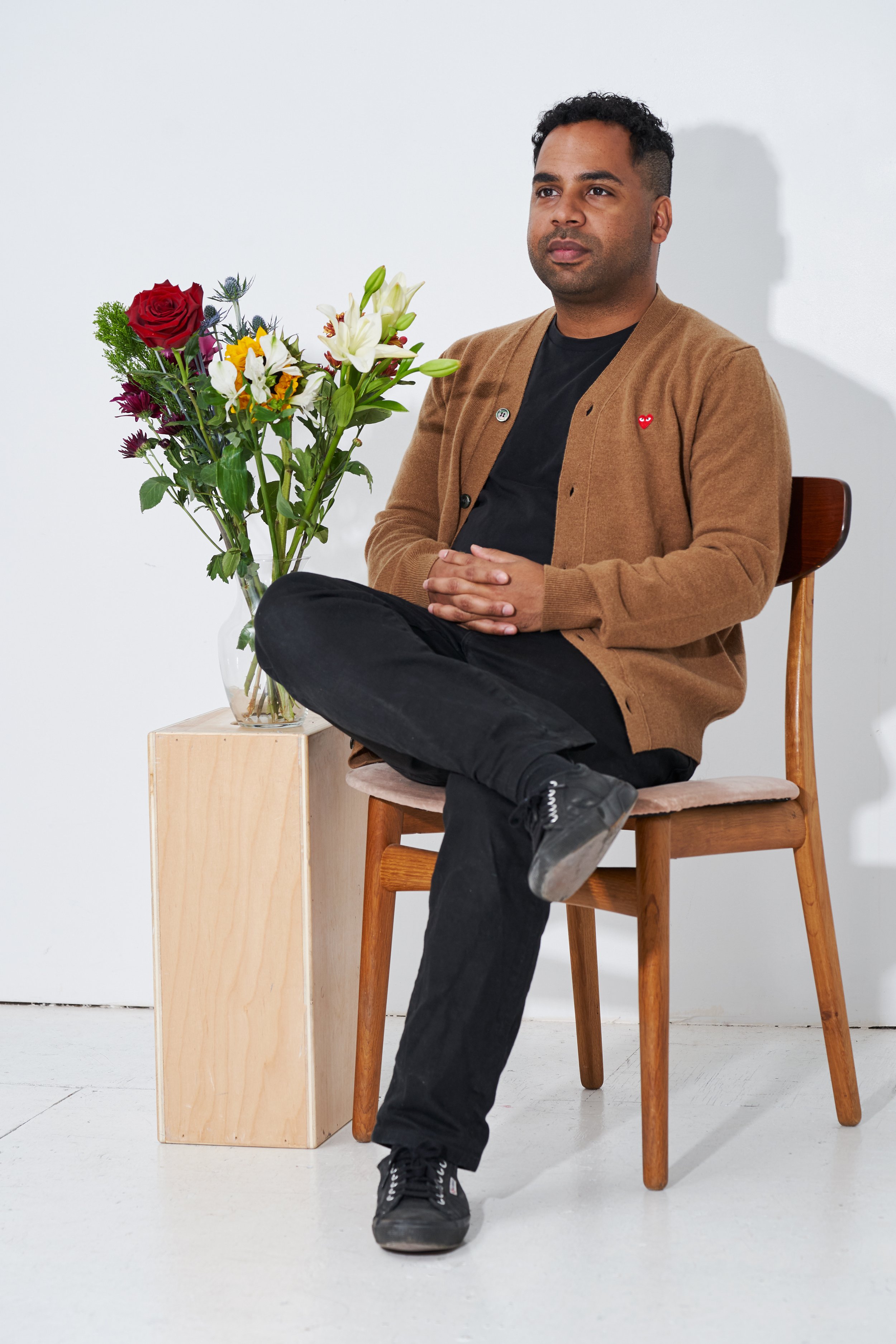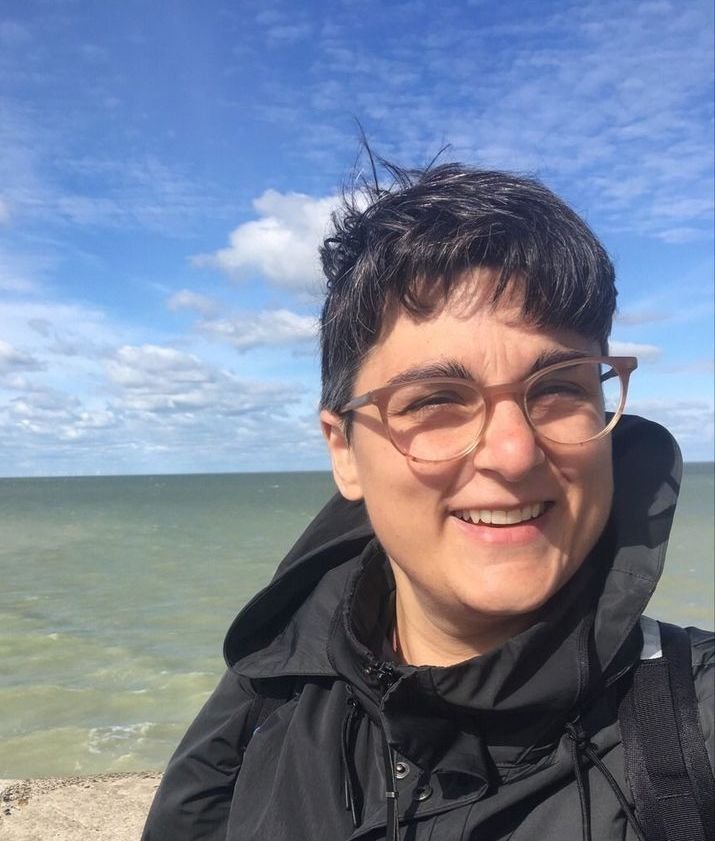VOICING THE UNSPOKEN
Diedrick and Abbas-Nazari give voice to unheard voices in archival datasets.
They address the increasingly convoluted line between human and synthesised speech, and examine the origin of synthetic voices that are speaking to us today. Using The New Real’s platform, they aim to show how it is possible to use textual AI models to "fill in the gaps" of voices missing from historical data. The text that emerges from their enquiry can then be made experiential through an interactive synthetic voice, making unheard voices from the margins audible. In this talk they describe their proof-of-concept pipeline that goes from textual dataset to synthetic voice, to produce speculative speech that never existed, and make those voices audible for contemporary ears. Using the British Library's archival newspaper dataset, they will compare and contrast voices that exist in UK- and Barbados-based newspapers. They aim to highlight the biases of colonial history, as well as the biases of the dataset itself - what has been omitted leading to what is not heard, what is not said, and what is not given space to be voiced. As both artists and researchers with differing backgrounds, encompassing design, engineering, sound and vocal performance, Diedrick and Abbas-Nazari address The New Real's themes in three ways: 1) accounting for the bias in this dataset by examining of the lost and missing voices in textual sources of news 2) critiquing the authorship of historical datasets in the generation of contemporary AI synthetic speech, and 3) considering fairness in relation to who’s voice gets heard. A report on their R&D for The New Real on a future project titled 'Voicing the Unspoken'.
Artist Talk, by Johann Diedrick and Amina Abbas-Nazari
About the artists
Johann Diedrick (he/him) is an artist, engineer, and musician that makes installations, performances, and sculptures for experiencing the world through sonic encounter. He surfaces resonant histories of past interactions inscribed in material and embedded in space, peeling back vibratory layers to reveal hidden memories and untold stories. He shares his tools and techniques through listening tours, workshops, and open-source hardware/software. He founded A Quiet Life, a sonic engineering and research studio that designs and builds audio-related software and hardware products for revealing new sonic possibilities off the grid. His work has been featured in Wire Magazine, and presented internationally at MoMA PS1, Dia Art Foundation, NYC Parks Department, the New Museum, Ars Electronica, Science Gallery Dublin, and multiple NIME conferences, among others.
Amina Abbas-Nazari (she/they) is a practicing artist, researcher, and vocal performer. She is a graduate of the Royal College of Art and her current research and practice focuses on the sound and sounding of voices in artificially intelligent conversational systems. Amina has presented her work at the London Design Festival, Milan Furniture Fair, Venice Architecture Biennial, Critical Media Lab, Switzerland, Litost Gallery, Prague, Harvard University, America, Queen Mary University, Barbican Centre and V&A museum.



